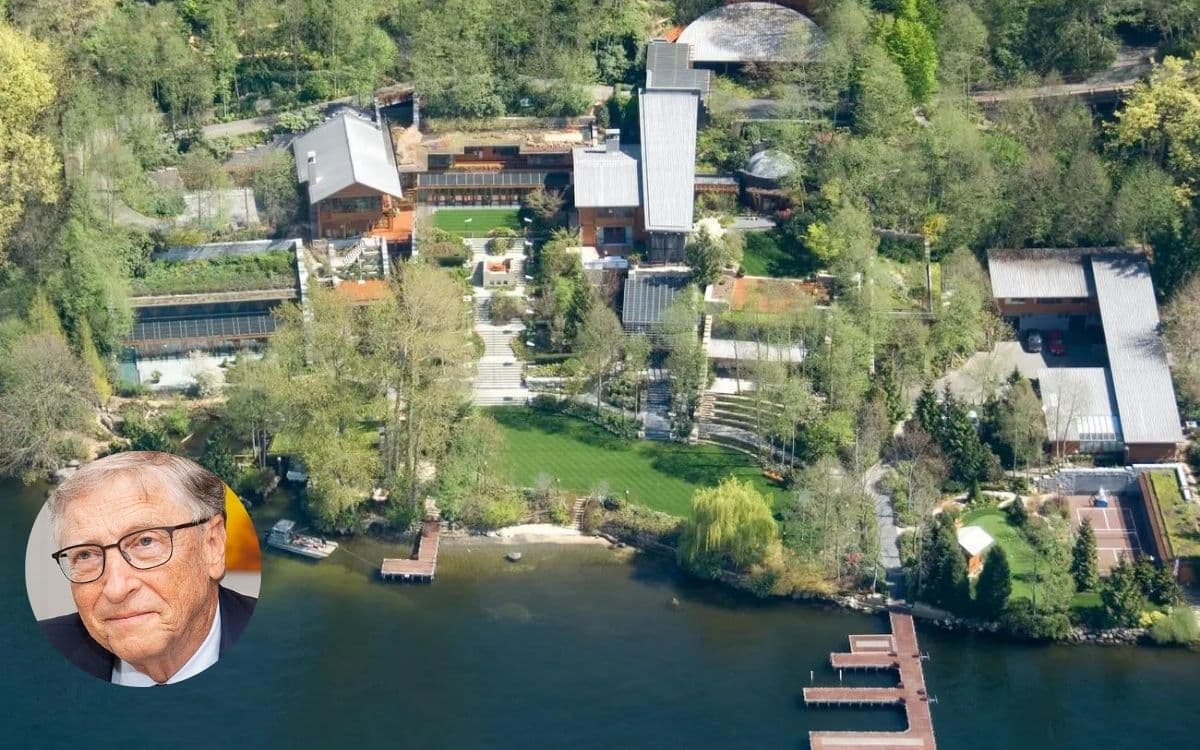
Bill Gates’ Washington home is everything you’d expect it to be and more.
The 66,000-square-feet estate, named Xanadu 2.0, was build on a large plot of land in Medina, Washington.
Gates bought the Lake Washington plot in 1988 for just $2 million.
The name comes from the homes’ inspiration: Charles Foster Kane’s home in Citizen Kane.
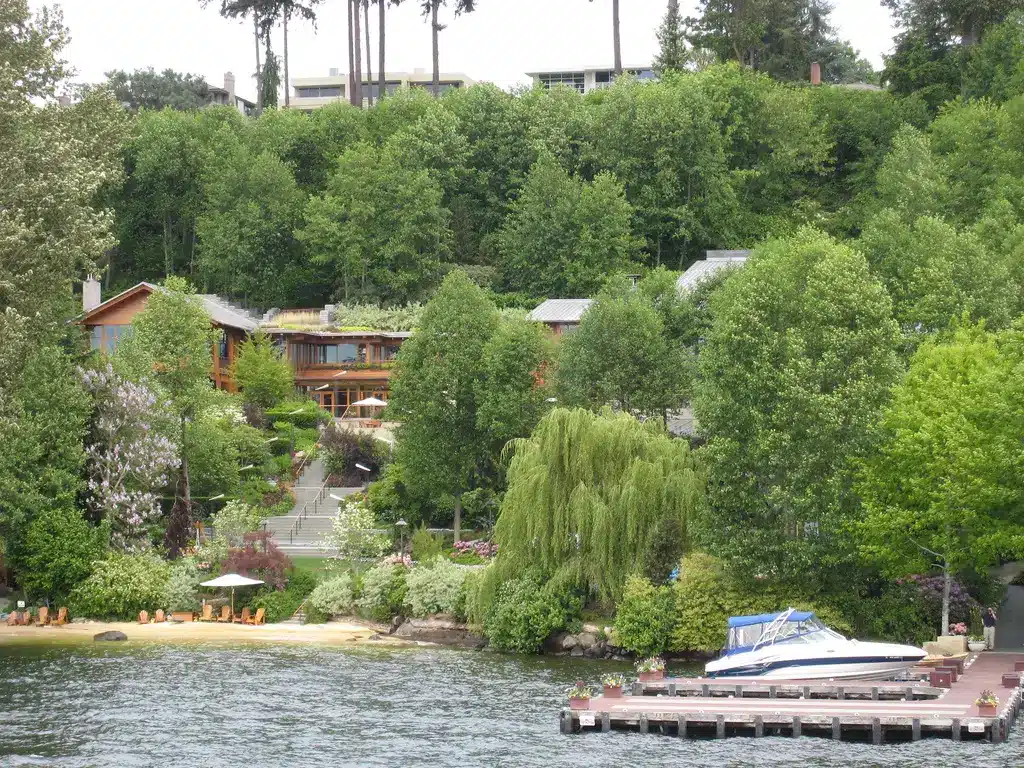
Bill Gates slipped from his top position on Forbes’ list some time ago and hasn’t reclaimed it since. What’s even more surprising is that his former assistant and protege is poised to surpass him in wealth.
Nonetheless, Gates remains incredibly affluent. According to Forbes, his current net worth stands at $120.3 billion, earning him the seventh spot on the 2024 rich list. Interestingly, psychologists believe that one unexpected character trait played a significant role in Gates’ success. Naturally, Gates spared no expense in constructing his own futuristic abode.
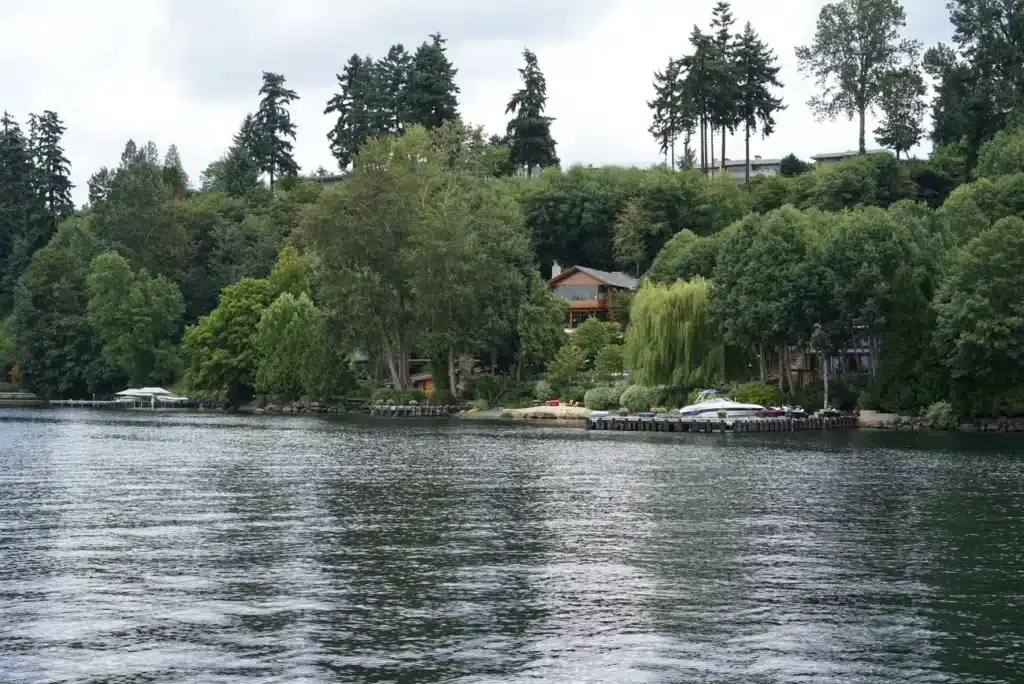
Reports suggest that upon entering Bill Gates’ residence, guests are issued a pin-like key. However, the focus is less on unrestricted access and more on precise location tracking.
In addition to security measures monitoring residents’ whereabouts, the key also retains personal preferences for room ambiance, lighting, and music. Yet, it remains a mystery how the system accommodates conflicting tastes, like a Taylor Swift fan dining with a Drake enthusiast. Should someone move about without their key, embedded floor sensors activate an alarm system.
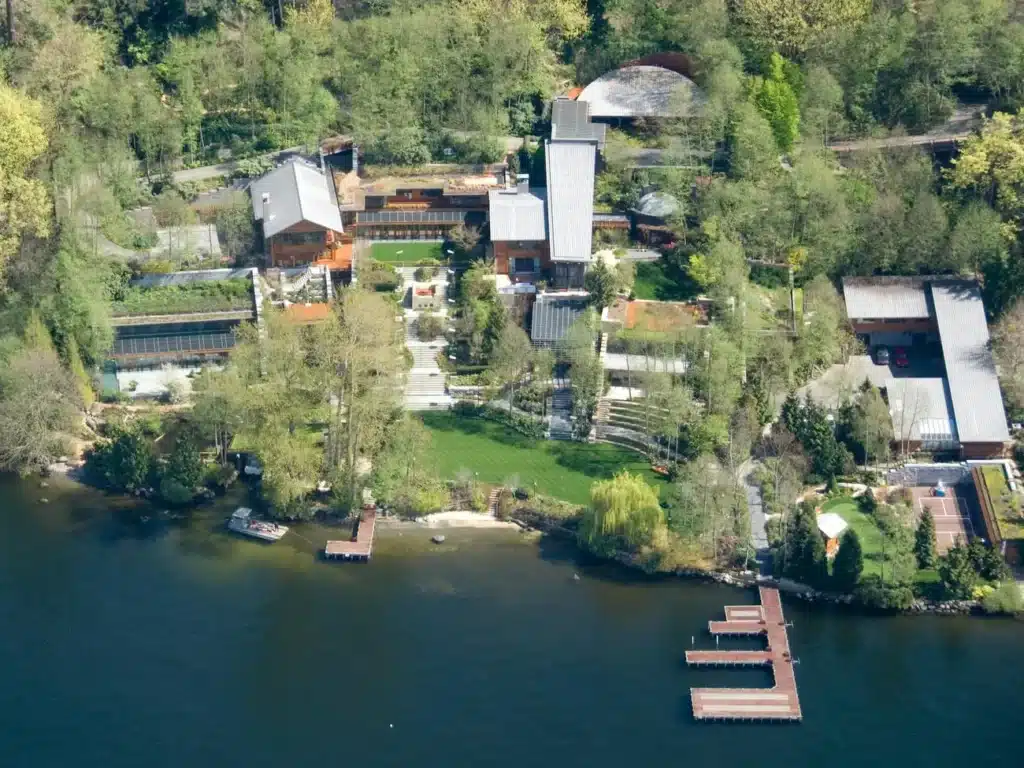
In the United States currently, 22.3% of households incorporate smart technology, ranging from basic programmable thermostats to Alexa devices. Nevertheless, the remarkable tech-forward features found in this mansion existed long before the modern smart home era.
Moreover, Gates invested $14 million to acquire neighboring properties, securing his privacy. The construction, led by architects James Cutler and Peter Bohlin, engaged 300 laborers and spanned seven years. Crafted with a Pacific lodge theme, the house was fashioned from 500 Douglas fir trees and seven varieties of stone.

Now valued at over $127 million, the residence incurred a $63 million construction cost, primarily attributed to its remarkable integrated technology. Melinda Gates reportedly enlisted architect and designer Thierry Despont for the interior design.
At one point during construction, Melinda halted work due to the complexity of state-of-the-art software and advanced displays. The screens, valued at $80,000 each, can showcase favorite paintings or photographs stored on devices worth $150,000. Prior to their separation, Melinda expressed a desire for a more modest and inviting home in the future.
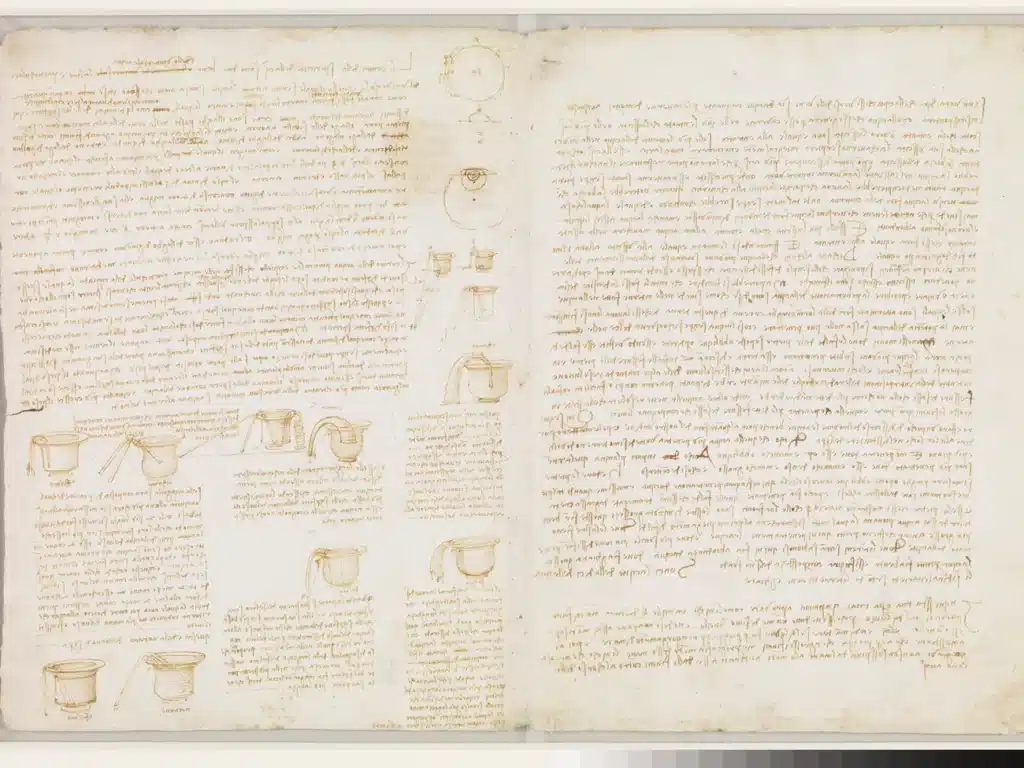
Regrettably, the seven-bedroom, 24-bathroom residence was rumored to give occupants the sensation of living within a video game. Alongside the cutting-edge technology for its human inhabitants, the botanical elements are also meticulously attended to.
Even Gates’ beloved 40-year-old maple tree is under constant surveillance, though there’s little concern about it tripping the floor sensors. Automated watering kicks in when the tree’s moisture levels dip too low. Xanadu 2.0 boasts additional amenities such as a trampoline room with a soaring 20-foot ceiling, six kitchens, a steam room, sauna, and a sprawling 25,000-square-foot gym.
Furthermore, an artificial stream running parallel to the lake is replenished annually with sand transported from St. Lucia by barge. However, the crowning jewel of the mansion is its 2,100-square-foot library. Beyond its shelves brimming with books, the library features two concealed bookcases, a clandestine bar, and a ceiling adorned with a quote from The Great Gatsby. Among its treasures is the Codex Leicester, a 16th-century manuscript by Leonardo da Vinci, acquired by Gates for $30.8 million. In 2009, a charity auction raised $35,000 by offering a tour of Xanadu 2.0 as its prize.
